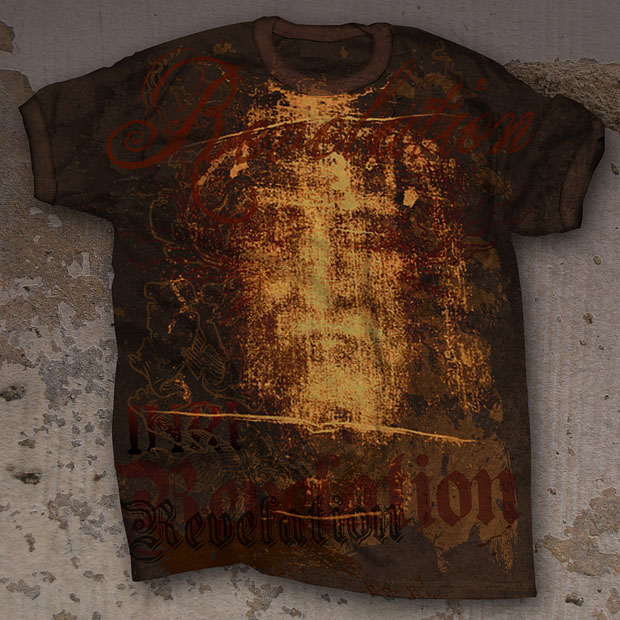

Firefighters had to hammer through four layers of bulletproof glass to save the shroud. The latter security measure actually proved to be a bit of a roadblock in 1997, when a fire broke out in the Cathedral of Saint John the Baptist. It is rarely shown to the public, and is guarded by security cameras and bulletproof glass. Security is tight for the frail Shroud of Turin. The shroud is protected by bulletproof glass. Marco Destefanis/Pacific Press/LightRocket/Getty Images 6.

In 2018, researchers used forensic techniques to argue the blood stains on the shroud couldn’t have come from Christ.ĭetail of the face on the Shroud of Turin. In 1988, one group of scientists said their analysis showed the shroud originated between 12, while another said their analysis showed it originated between 300 B.C. In the 1970s, the Shroud of Turin Research Project said the markings on the cloth were consistent with a crucified body and that the stains were real human blood. Starting in the 20th century, people on both sides of the debate began to bolster their arguments with scientific studies. There have been many scientific studies about its authenticity.ĭespite the fact that Pope Clement VII declared the shroud a fake over 600 years ago, there has been no end to the debate about the shroud’s authenticity.

It has remained there ever since, with the exception of World War II, when Italy relocated it for safekeeping. In 1578, the house of Savoy moved the shroud to the Cathedral of Saint John the Baptist in Turin, which later became part of Italy. The burn marks and the water stains from where the fire was extinguished are still visible today. It melted part of the silver in the container protecting the shroud, and this silver fell onto part of the shroud, burning through it. In 1502, the house of Savoy placed the shroud in the Sainte-Chapelle in Chambéry, which is now part of France. Before the shroud moved to Turin, it was almost lost in a fire. However, she later refused to return it, and instead took it on tour, advertising it as Jesus’ real burial shroud.Ĩ Images 4. Her husband wrote a receipt for the exchange acknowledging that the cloth was not Jesus’ authentic burial shroud, and promising to return the shroud when it was safe. In 1418, when the Hundred Years’ War threatened to spill over into Lirey, Geoffroi de Charny’s granddaughter Margaret de Charny and her husband offered to store the cloth in their castle. De Charny’s granddaughter was excommunicated for selling it to Italian royals.

Still, he said the Lirey church could continue to display it if it acknowledged the cloth was a man-made religious “icon,” not a historic “relic.” Today, Pope Francis still describes it as an “icon.” 3. In response, the pope declared the shroud wasn’t the true burial cloth of Christ. Furthermore, d’Arcis claimed the dean of the Lirey church knew it was a fake and had used it to raise money anyway. Around 1389, Pierre d’Arcis-the bishop of Troyes, France-sent a report to Pope Clement VII claiming an artist had confessed to forging the shroud.


 0 kommentar(er)
0 kommentar(er)
